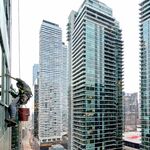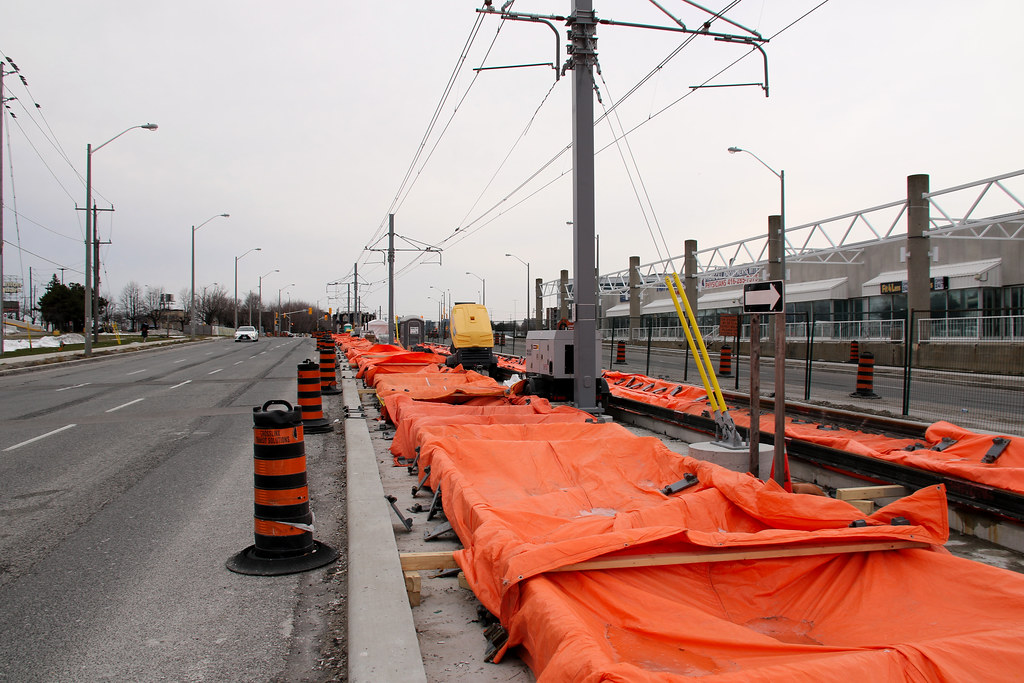I didn't write that it was inexpensive, but it surely would've been more expensive if it was elevated.
How much more expensive though? There are places where elevated metro on Eglinton would save money:
- Smaller tunnel bore because no catenary.
- Deleting useless stops like Aga Khan, Pharmacy, Hakimi Lebovic, Ionview.
- No need for complete road reconstruction on Eg East.
- Moving Science Centre and Kennedy stations above ground.
- All stations can be shorter with identical capacity and frequency, due to the inefficient seating arrangements, insufficient number of doors, and large cab dead zones on LRT trains.
- Higher frequency and reliability from full automation and grade separation. Can probably further shorten stations without impacting capacity, due to higher possible frequencies. Very low headways will probably not be achievable on Eglinton as built due to the eastern section not being reliable.
And what do we get?
- Faster speeds
- Lower possible headways
- Full automation (no driver costs)
- Better reliability (no chance of cars blocking ROW)
- No chance of drivers crashing into trains (thus saving repair costs)
- No cars driving over tracks (tracks last longer)
- Less construction disruption (underground stations are shorter, thus less excavation, above ground stations built beside road like Skytrain, no road reconstruction)






